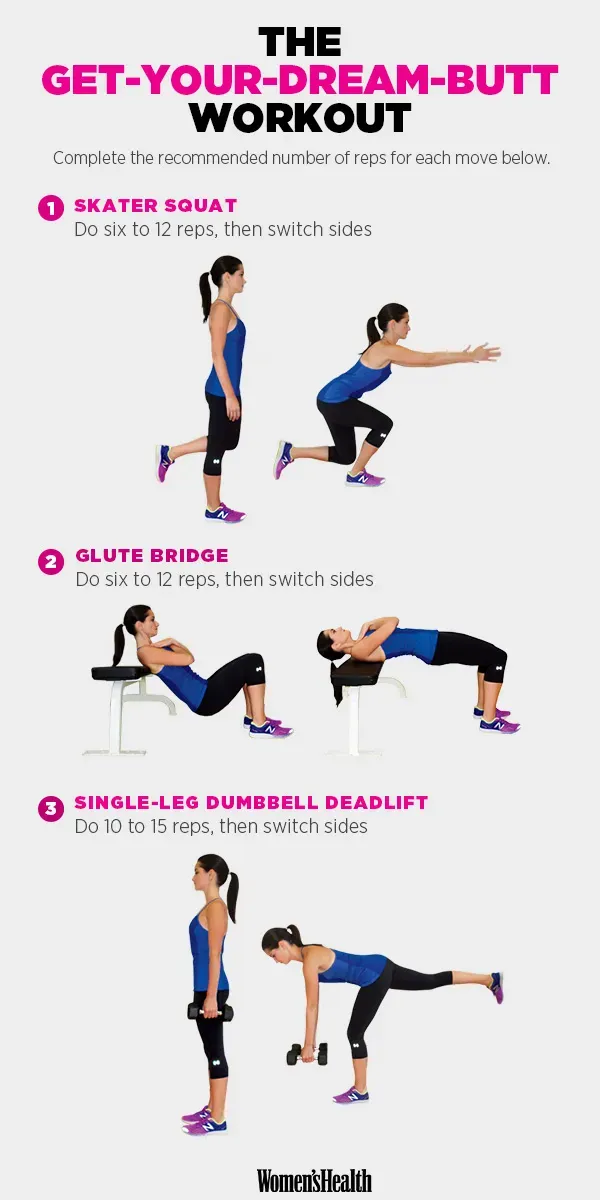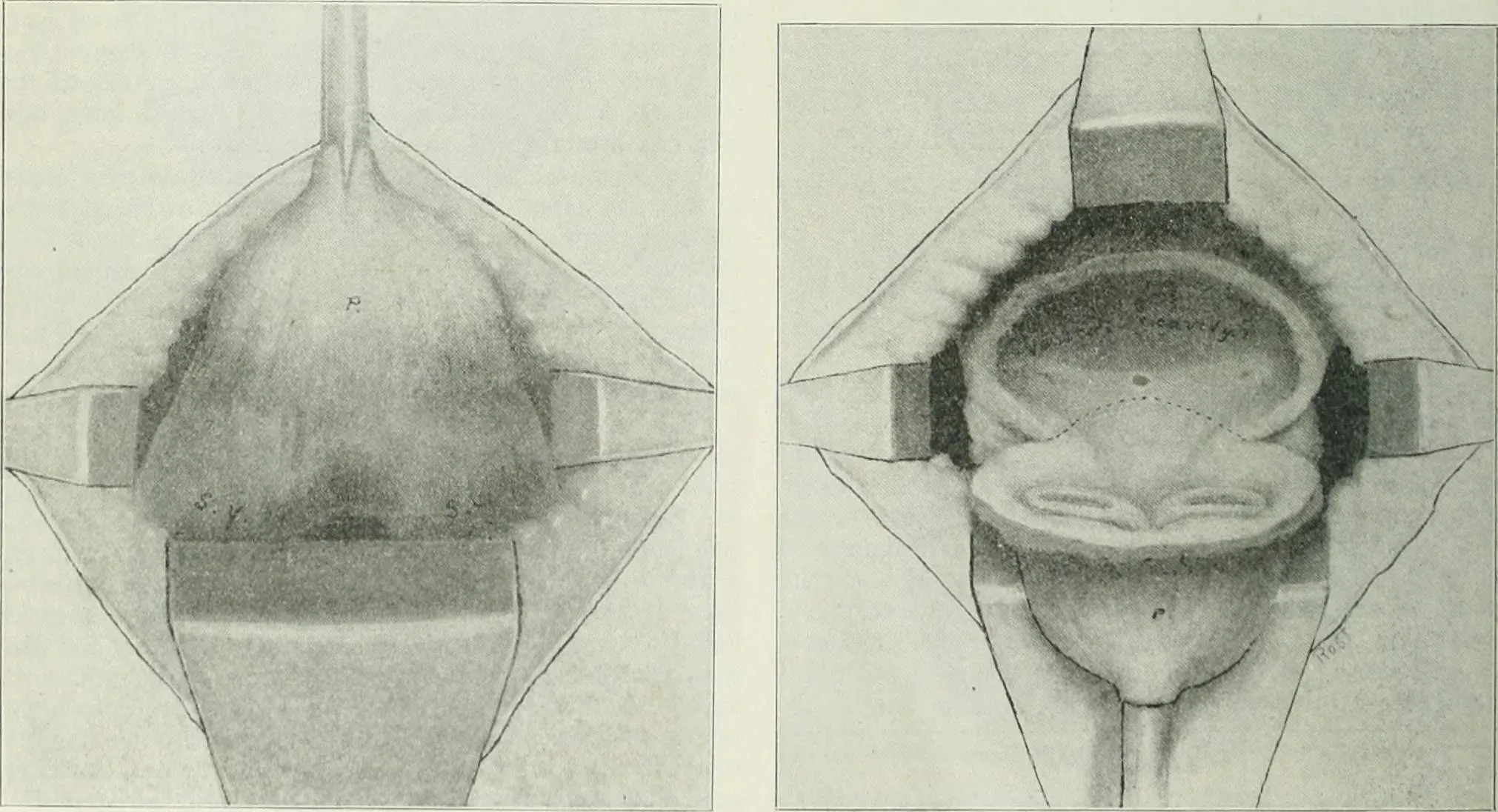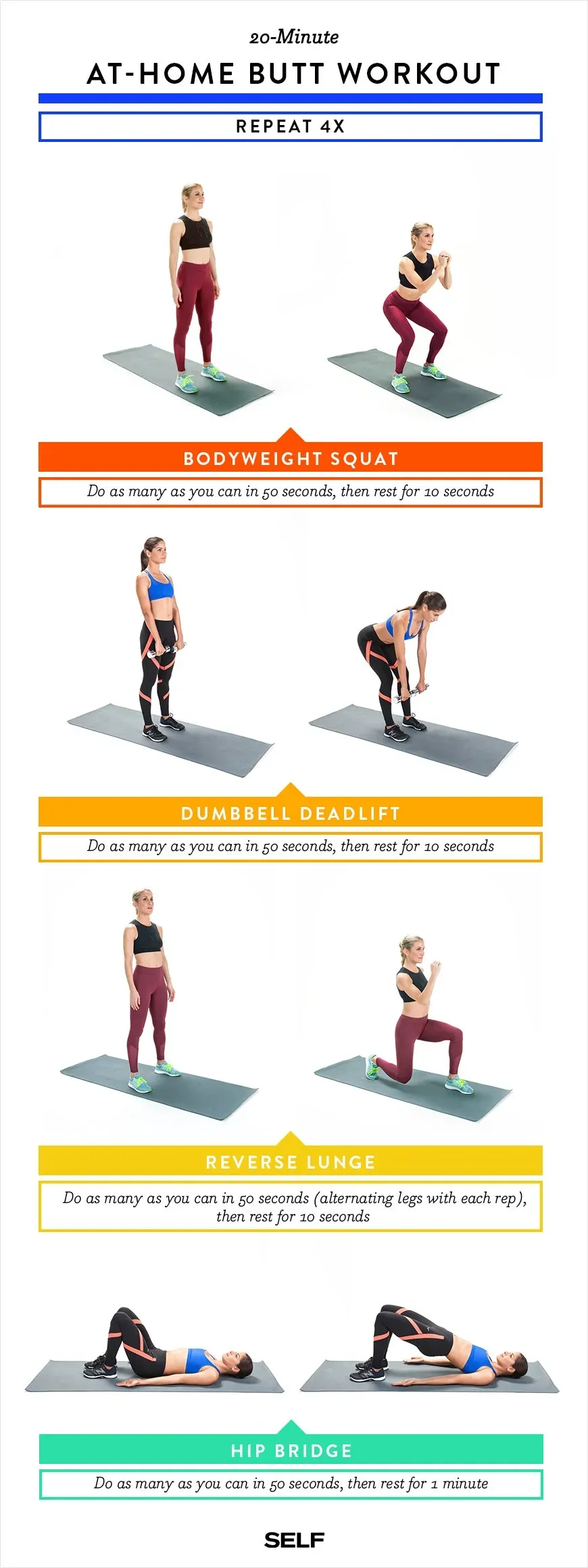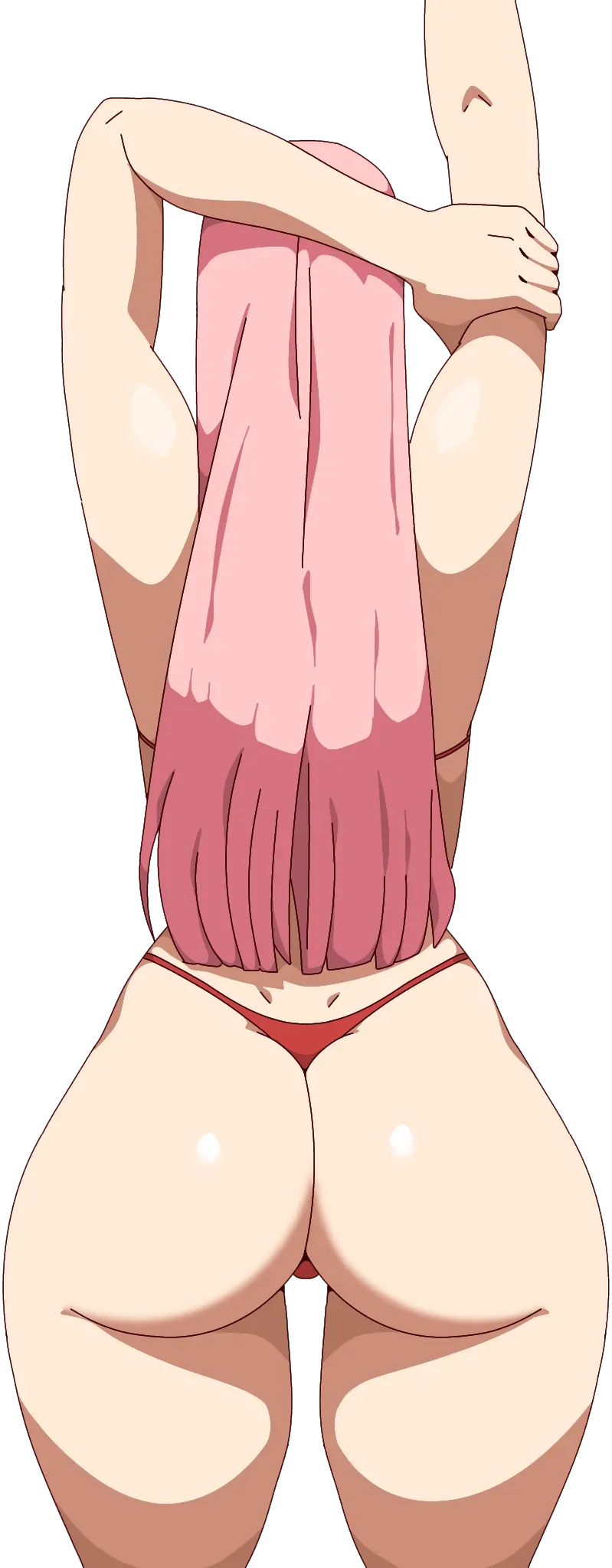Table of Contents
Let's be honest. A lot of folks want a stronger, more toned backside. Maybe you've tried a few squats here and there, scrolled through endless fitness feeds, and still feel like you're not quite getting it right. You're wondering, genuinely, how to exercise buttocks so you actually see and feel a difference.
Why Bother Exercising Your Buttocks Anyway?

Why Bother Exercising Your Buttocks Anyway?
More Than Just a Pretty Shape
Look, let's cut to the chase. Thinking about how to exercise buttocks often starts with wanting a certain look. And yeah, a well-developed posterior can definitely boost confidence. But focusing solely on aesthetics misses the entire point.
Your glutes – that's your gluteus maximus, medius, and minimus – are the engine room for your lower body. They're involved in almost every major movement you make: walking, running, jumping, climbing stairs, even standing up from a chair. Weak glutes mean other muscles have to compensate, and that's where problems start.
Power, Stability, and Pain Prevention
Ignoring your glutes is like trying to drive a car with flat tires. You might move, but it's inefficient, slow, and eventually, something breaks down. Strong glutes provide the power for explosive movements, crucial whether you're an athlete or just trying to catch a bus.
They're also key stabilizers for your hips and pelvis. When these muscles are weak or inactive, it puts extra stress on your knees, ankles, and lower back. Ever had unexplained knee pain or nagging backaches? Weak glutes are often the silent culprit. Building strength here isn't just about lifting more; it's about moving better and preventing common injuries down the line.
- Improved athletic performance (running faster, jumping higher)
- Reduced risk of lower back pain
- Better hip and knee joint stability
- Increased power in everyday movements
- Improved posture
The Functional Foundation
So, while the visual change might be what initially grabs your attention when you consider how to exercise buttocks, the real, lasting benefit is functional strength. Building powerful glutes lays a foundation for a resilient, capable body.
Think of it as an investment. You're not just sculpting muscle; you're building a more efficient movement system. That translates to feeling stronger, moving with more ease, and spending less time dealing with preventable aches and pains. The aesthetic improvement? That's just a side effect of doing the work right.
The Best Exercises to Target Your Buttocks

The Best Exercises to Target Your Buttocks
Foundation First: Squats and Deadlifts
Alright, so you're ready to actually *do* the work and figure out how to exercise buttocks effectively. You've probably heard of squats and deadlifts, right? They're the kings for a reason. These compound movements work multiple muscle groups at once, and they absolutely hammer your glutes, especially when you go heavy.
Think of a squat: you're lowering your hips down, loading the weight through your heels (mostly!), and driving back up using that powerful posterior chain. A deadlift? You're picking heavy stuff off the floor, which requires immense glute and hamstring strength to extend your hips. Get good at these, and you've built a solid base.
Glute Isolation: Hitting the Mark Directly
While squats and deadlifts are great compound lifts, sometimes you need to really isolate the glutes to make them fire. This is where exercises like hip thrusts and glute bridges come in. These movements specifically target the gluteus maximus, often allowing you to use heavier weight directly on the muscle you're trying to build.
Consider the hip thrust: you're pushing your hips up against resistance (a barbell, band, or machine), squeezing your glutes hard at the top. It's incredibly effective for building that rounded shape and sheer power. Glute bridges are similar, great for beginners or as a warm-up to activate those muscles before heavier lifts.
Variations and Mind-Muscle Connection
Don't get stuck doing the same thing forever. Once you've got the basics down, explore variations. Romanian deadlifts hit the hamstrings and glutes. Lunges and split squats work one leg at a time, fixing imbalances and seriously challenging your glutes for stability and power. Step-ups are another killer unilateral exercise.
Crucially, focus on feeling the muscle work. It's not just about moving the weight; it's about making your glutes do the lifting. Slow down the movement, really squeeze at the top of a hip thrust or at the peak of a squat. This "mind-muscle connection" isn't some woo-woo concept; it's about ensuring the target muscle is actually engaged throughout the exercise. Without it, you're just going through the motions.
Common Mistakes When Learning How to Exercise Buttocks

Common Mistakes When Learning How to Exercise Buttocks
Not Challenging Yourself Enough
so you've decided to figure out how to exercise buttocks. Great start! But here's a common pitfall: you're doing the movements, but are you actually *working*? I see it all the time. People go through the motions with weights that are too light, or they stop when things get a little uncomfortable. Your muscles, especially the glutes, need a real reason to grow stronger and change.
Lifting a weight you could lift twenty times is fine for a warm-up, but it won't build serious muscle or strength. You need to lift heavy enough that the last few reps are a struggle, where you're questioning your life choices mid-set. That's where the magic happens. If you're not progressively adding weight, reps, or sets over time, you're leaving significant gains on the table.
Ignoring Form and Mind-Muscle Connection
Another major mistake when learning how to exercise buttocks? Sloppy form. You can squat with terrible technique all day long and barely feel it in your glutes; instead, your knees or back might scream. It's not just about moving the weight from point A to point B. It's about *how* you move it and which muscles are doing the work.
Are you tucking your tailbone during hip thrusts instead of extending fully? Are your knees caving in during squats? Are you rushing through reps? Poor form not only reduces the effectiveness of the exercise on your glutes but also significantly increases your risk of injury. Coupled with this is the lack of mind-muscle connection – just going through the motions without actively squeezing and engaging the glutes. If you don't feel it in your backside, you're probably feeling it somewhere you shouldn't.
- Rounding your back during deadlifts
- Letting knees cave inward during squats or lunges
- Not achieving full hip extension in glute bridges/thrusts
- Using momentum instead of muscle control
- Not bracing your core
Lack of Consistency and Variation
You can have the perfect exercises and textbook form, but if you only work out your glutes sporadically, don't expect much to happen. Building muscle and strength requires consistent effort over time. Showing up once every two weeks for a few sets isn't enough stimulus for your body to adapt and grow. Figure out a schedule you can stick to, even if it's just two or three targeted sessions a week.
Furthermore, getting stuck in a rut doing the exact same routine week after week can lead to plateaus. Your body adapts. To keep seeing progress when you're learning how to exercise buttocks, you need to periodically change things up. Introduce new exercises, vary the rep ranges, try different equipment (bands, dumbbells, barbells, machines), or alter the tempo of your movements. Keep your muscles guessing, and they'll keep responding.
Building Your Routine: How to Exercise Buttocks Effectively

Building Your Routine: How to Exercise Buttocks Effectively
Putting It All Together
so you know *why* strong glutes matter, you've got a handle on the key exercises, and you're aware of the traps to avoid. Now comes the part where you actually make it happen: building your routine. Thinking about how to exercise buttocks effectively isn't just about picking random exercises; it's about structuring them in a way that provides consistent challenge and allows for recovery. You wouldn't just throw chapters together and call it a book, right? Same idea here. You need a plan that progresses over time, hitting those muscles hard enough to force adaptation, but not so hard you burn out or get injured. It's a balance, like crafting a compelling narrative arc for your glute gains.
- Aim for 2-3 dedicated glute workouts per week.
- Include compound lifts (squats, deadlifts) early in the session when you're strongest.
- Follow up with isolation exercises (hip thrusts, glute bridges).
- Vary rep ranges (e.g., 5-8 reps for strength, 10-15 reps for hypertrophy).
- Always prioritize form over weight.
- Incorporate unilateral movements (lunges, step-ups) to address imbalances.
- Schedule rest days to allow muscles to recover and grow.
Putting It All Together: Your Buttocks Exercise Plan
So, there you have it. Figuring out how to exercise buttocks effectively isn't rocket science, but it does require more than just randomly doing a few squats. We've covered why these muscles matter, pointed out some solid movements that actually work, highlighted the mistakes that can derail your progress, and talked about building a consistent plan. Stick to the basics, prioritize proper form over lifting heavy too soon, and be patient. Consistency is the real secret weapon here. Now go put in the work.
